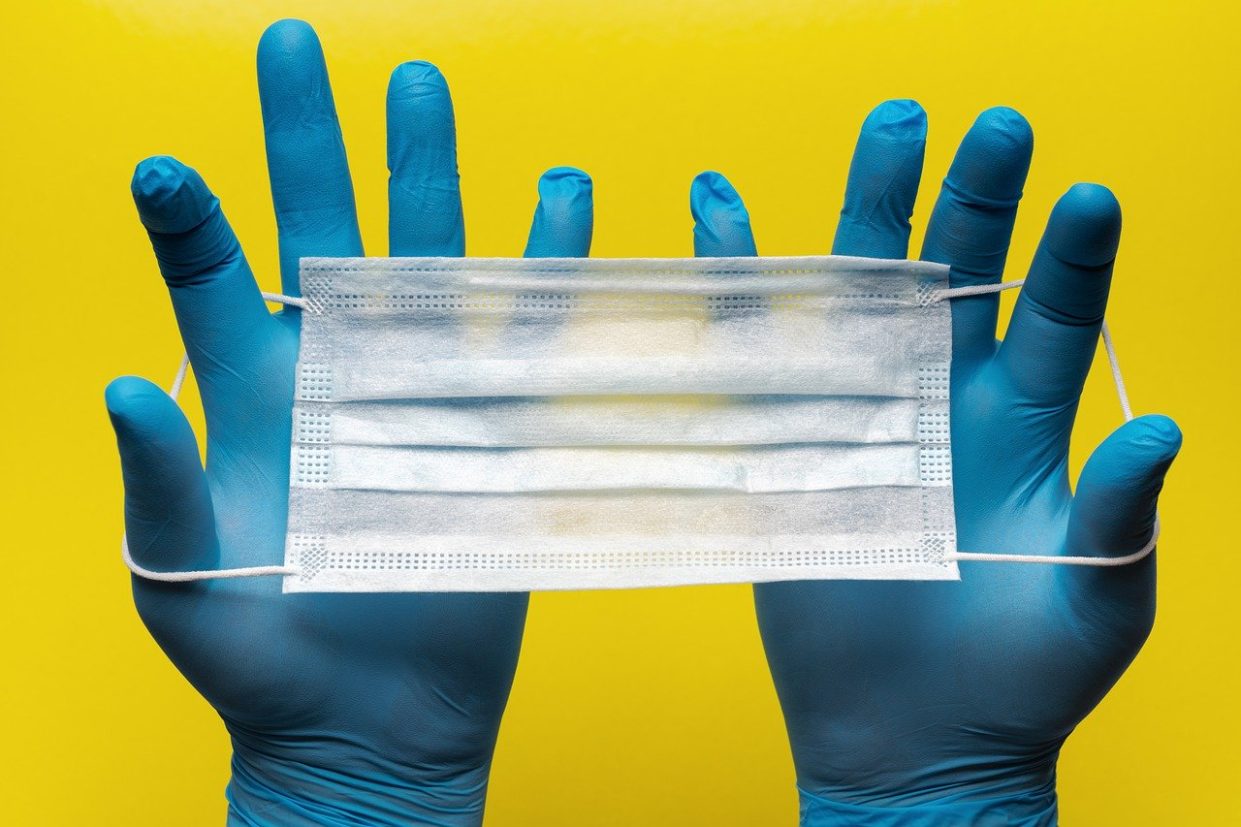PPE or Personal Protective Equipment has different categories of usage. Two examples are specialized PPE and generalized PPE. Typically, specialized PPE is the protective gear used mostly in specific lines of work, such as the veiled masks that beekeepers use. Generalized ones are the ones used on multiple work fronts–examples are gloves, face masks, and goggles.
PPE such as latex gloves and face masks, are being used by the general public for protection because of COVID-19. However, how can we be so sure that we’re using this equipment properly? Let this serve as a guide for things you should and shouldn’t do when using these protective equipment.
General Information on Gloves
Medical experts recommend using gloves when sanitizing items or for healthcare settings. You can use them outside of just these situations, though. An example of when gloves would be useful is when you’re out shopping or withdrawing money from ATMs. In general, the use of gloves when handling things that people would usually interact with can be incredibly beneficial.
Outside of these scenarios, though, gloves can do more harm than good. They can provide a false sense of security and could even lead to cross-contamination! At the end of the day, washing your hands will still give a lot more protection than gloves can.
ou see, our hands tend to want to be washed whenever we feel the slightest sense of discomfort. If your hands feel dirty or sticky, our natural response arises in the urge to clean them. When wearing gloves, you lose that feeling, and you could contaminate your area unknowingly.
Proper Usage of Gloves
There are two things you have to keep in mind when using gloves. First, gloves are used for touching DIRTY OBJECTS. Lots of people tend to forget this and end up touching clean objects after holding contaminated ones. Lastly, use gloves when the option of washing hands is unavailable.
People tend to touch their face while wearing gloves as well subconsciously, this is a big no-no. Avoid touching your face when handling gloves as you use the gloves to control possibly contaminated surfaces and objects.
Face Masks
Wearing face masks when out in public is a must if you want to reduce the risk of viral infection. Especially in areas wherein social distancing is challenging to follow, like in grocery stalls, ATMs, and even pharmacies. There are plenty of face masks available, and a cloth one may differ from ones with filters that out medical practitioners and front liners wear.
Things to Keep in Mind When Wearing a Mask
- Sneeze and cough inside the face mask, don’t take it off.
- When wearing or removing a face mask, grab both of the loops instead of the face mask itself to avoid contamination.
- If using a cloth face mask, wash it afterwards every time you go out.
The Proper Way of Going Shopping
Make sure to wear gloves and a face mask before going on your expedition. Make as little contact possible with the door handle when going in as it’s probably the most contaminated area in the grocery store. Use one hand for things such as opening door handles, pushing the cart, and inputting ATM details, then use the other for handling food and putting it in the cart.
Use your less dirty hand to carry the groceries and make sure to take off the gloves and dispose of them BEFORE going into the car. If you forget to do this, try and remember everything you touched inside the vehicle and sanitize them.
Sanitizing Groceries
When sanitizing groceries, create designated sanitized and unsanitized areas. Use gloves while handling the food and wipe the surface of said food. Make sure to sanitize boxes and wash the vegetables too to reduce the risk of the virus spreading.
After sanitizing the groceries, dispose of the gloves immediately and wash your hands!


